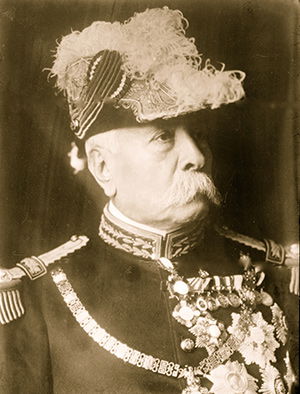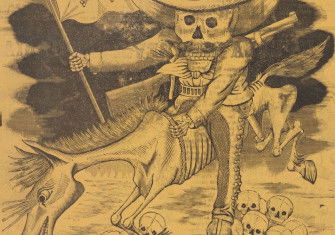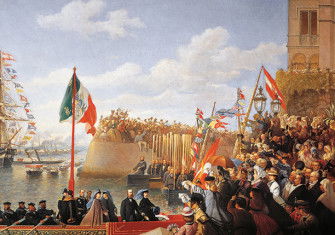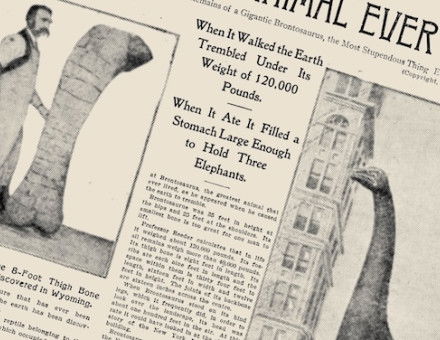The ousting of Porfirio Díaz
The events leading up to the Mexican dictator’s fall from power on 25 May 1911.

José de la Cruz Porfirio Díaz was president of Mexico and its dictator for more than 30 years. A mestizo of humble origins, he trained for the priesthood in his youth but chose to join the army. Exceptional ability and ambition saw him rise to become a general and he took a leading part in the overthrow in 1867 of the Archduke Maximilian of Austria, installed as Emperor of Mexico by the French. Díaz was not happy with Maximilian’s successors and in 1876 he led a military coup.
In power Díaz kept order in the country and modernised it. He developed industry by attracting foreign capital and know-how. Annual oil production of 10,000 barrels in 1901 rose to 13 million by 1911 and mining of the country’s ample resources of gold, silver, copper and other metals was transformed. He also built an efficient transport system. The rich prospered while the urban poor toiled for low wages and peasants were reduced almost to slavery in the cause of modernising agriculture. Díaz maintained power by a mixture of bribery and rigged elections. Opposition was held in check by the police and the army; the regime controlled the courts and censored the press.
One of the regime’s opponents was a rich cotton planter, philanthropist and vegetarian called Francisco Madero, a more formidable figure than his diminutive stature, mild manner and squeaky voice suggested. From a wealthy family, he had been educated in France and the US. He became convinced that he was guided by the spirit of Benito Juarez, the national hero against Maximilian. From about 1905 he organised democratic clubs opposed to Díaz’s re-election and published his own political newspaper.
With the next presidential election due in 1910, Díaz gave an interview in 1908 to an American journalist from Pearson’s Magazine in which he incautiously pronounced that Mexico was now ready for democracy. It was intended for foreign consumption only, but it was leaked into a Mexico City newspaper and aroused expectations. Madero published a book (partly dictated by Benito Juarez from the next world) demanding an honest poll and the defeat of Díaz. He toured the country on Díaz’s new railroads, speaking at meetings to cheering thousands, and in April 1910 he was selected as candidate for president by the Anti-reelectionist Party. Díaz had him and many of his allies put in prison on charges of incitement to riot.
Díaz duly won the presidential election and Madero was released, though with restrictions on his movements. In October he escaped into Texas and from there called for an armed uprising. In November he returned to Mexico to lead the revolt but the support his allies had promised him failed to materialise and he had to retreat back to the US.
Madero appeared to have failed, but in reality he had sparked off a revolution. Peasants in the north of the country rose up under Pancho Villa and Pascual Orozco. Others in the southern state of Morelos, led by Emiliano Zapata, took up arms. The troubles spread and in February 1911 Madero felt strong enough to return to Mexico and proclaim himself head of the Mexican revolution.
Old and ill, Díaz failed to stem a rising tide of opposition. In April he announced that he had heard the voice of the Mexican people and replaced his entire cabinet. The revolutionary leaders, unimpressed, mounted an armed attack on Ciudad Juarez, on the Rio Grande, led by Madero, Villa and Orozco. Díaz offered negotiations and Madero hesitated, but Villa and Orozco lost patience and pressed on. The garrison surrendered on 10 May and on 21 May Madero and a representative of Diaz signed the Treaty of Ciudad Juarez, which required Diaz to stand down. The architect of modern Mexico duly took ship from Veracruz to New York four days later and went into exile in France.
Before he left Díaz said: ‘Madero has unleashed a tiger, now let us see if he can control it.’ He could not. Compared by one contemporary to a dove fluttering about in a sky full of hawks, Madero took office as president in November, but the vicious civil war that ensued lasted for almost ten years and caused a million deaths. He himself was a casualty, executed in 1913. Díaz died peacefully in Paris in 1915 at the age of 84.






